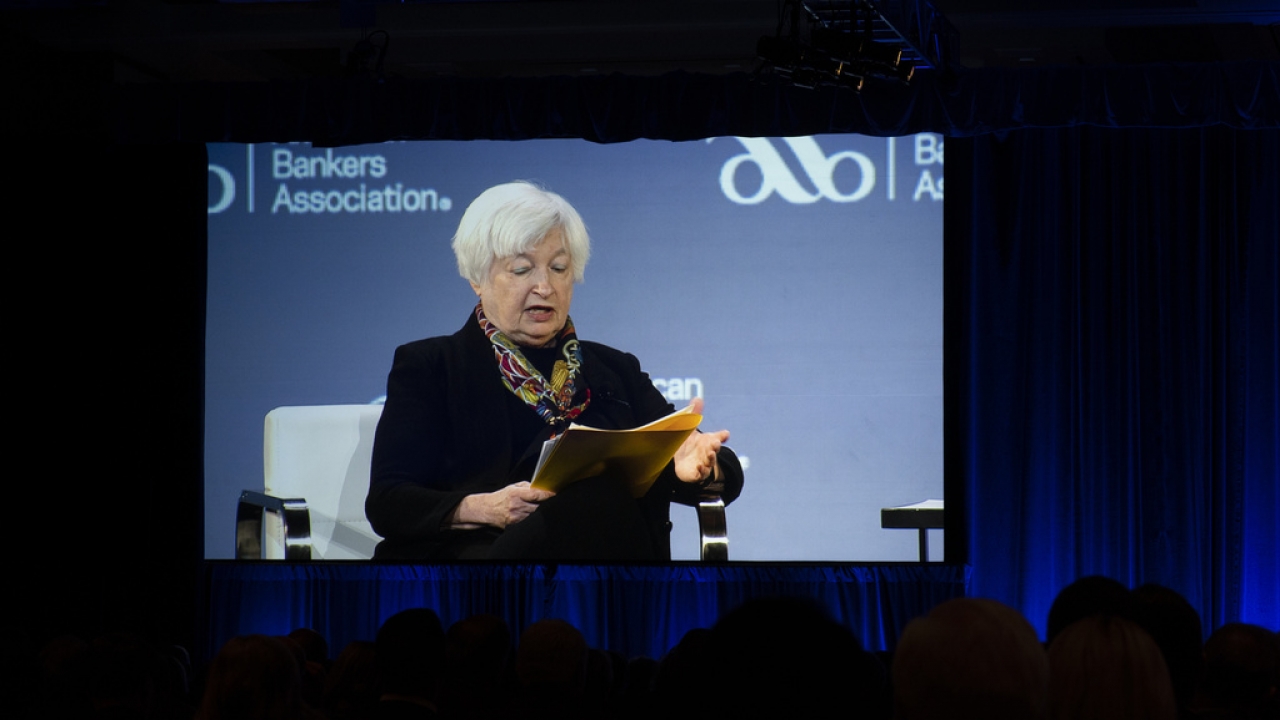
What led to the collapse of Silicon Valley Bank and others?
Like any other bank, it operated by taking a portion of deposits and creating loans — but this only works if there's enough deposited at once.
LEARN MOREYellen reassured banking leaders, saying the Fed will continue to provide access to liquidity when it is needed.


The company did not know if any data had been compromised in the breach but said customers would be notified and given identity protection services.

A new proposal would allow cannabis businesses to bank like everyone else — giving them access to deposit accounts, insurance and other services.

A new survey found that the rejection rate for credit applicants increased to 21.8% in June, which is the highest it's been in five years.

40% of engagements take place between Thanksgiving and Valentine's Day, according to industry experts.

CBP officials say the Tucson area, including Nogales, is already seeing the highest number of migrants coming into the country.

25 million U.S. students use diesel-powered school buses daily, prompting debates on cleaner alternatives.